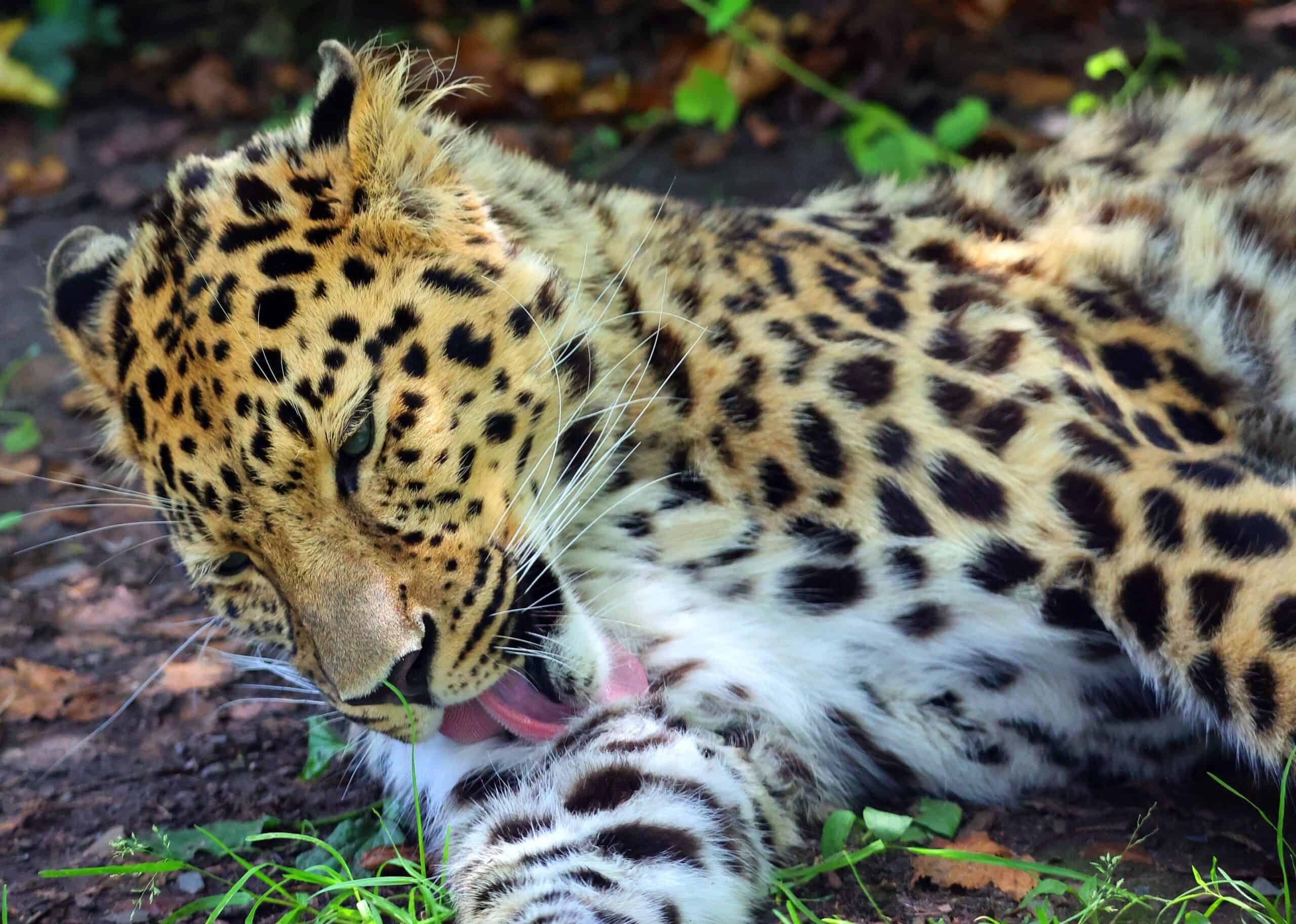Weather is full of surprises, and some phenomena are so rare and strange that they seem almost otherworldly. From glowing orbs of ball lightning to rolling snow donuts, these unusual events captivate our imagination and showcase the incredible diversity of nature. Understanding these rare weather occurrences not only broadens our knowledge but also reminds us of the power and unpredictability of the natural world. Here are 15 strange and rare weather events you might not have known about, each with its own fascinating story.
Blood Rain

Blood rain is a phenomenon where rain appears red due to the presence of dust or sand particles in the atmosphere. These particles can come from deserts like the Sahara, being carried by winds across long distances. The reddish color is due to iron oxides within the dust. This eerie event has been recorded since ancient times and often spooked early civilizations. While unsettling, it poses no real threat to health or the environment.
Ball Lightning
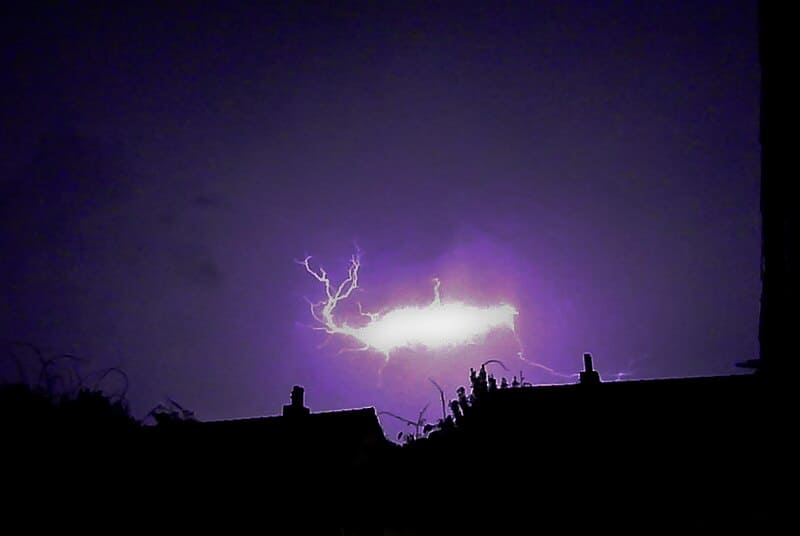
Ball lightning is a rare and mysterious atmospheric electrical phenomenon. It appears as glowing, spherical objects, varying in size, that float and move unpredictably. These luminous orbs can last from a few seconds to several minutes. Scientists still don’t fully understand the cause of ball lightning, leading to numerous theories and ongoing research. Witnesses often describe them as both fascinating and terrifying due to their unpredictability and potential destructiveness.
Catatumbo Lightning
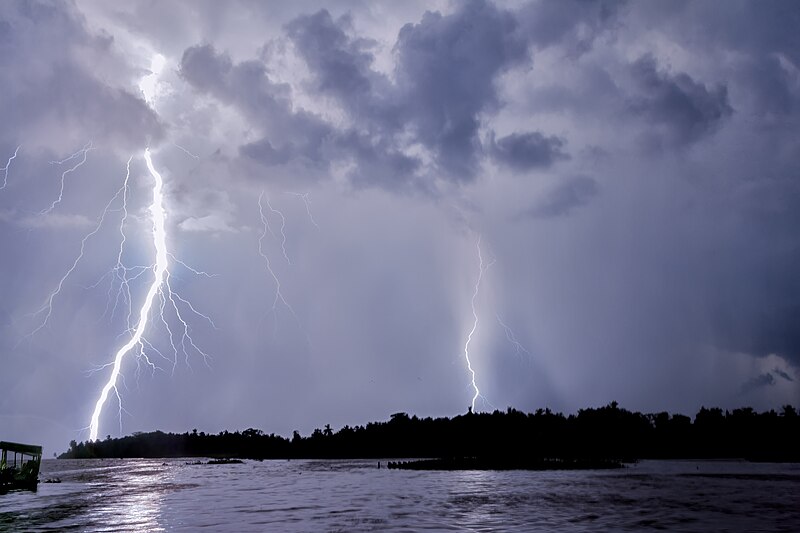
Catatumbo lightning occurs over the mouth of the Catatumbo River in Venezuela. This phenomenon involves continuous lightning storms for up to 160 nights a year. The lightning is so intense and frequent that it can be seen from over 400 kilometers away. It is caused by a combination of wind patterns and humidity in the region. This natural light show has been dubbed the “everlasting storm.”
Morning Glory Clouds
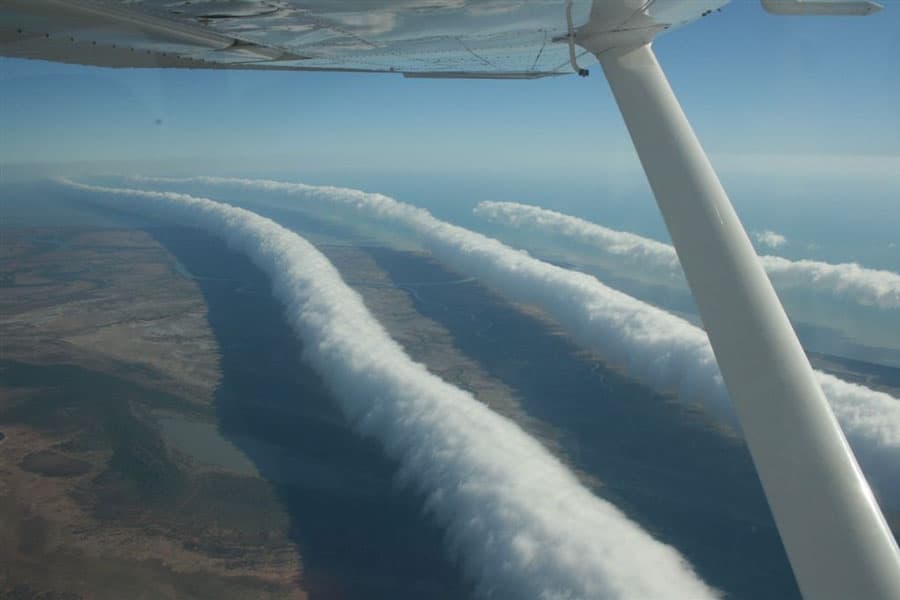
Morning Glory clouds are rare, tube-shaped clouds that can stretch up to 1,000 kilometers long. They are most commonly observed in northern Australia. These clouds roll across the sky at speeds of up to 60 kilometers per hour. They occur when a stable layer of air is lifted, creating waves that condense into these striking formations. Pilots and gliders often seek them out for the unique flying conditions they provide.
Ice Storms
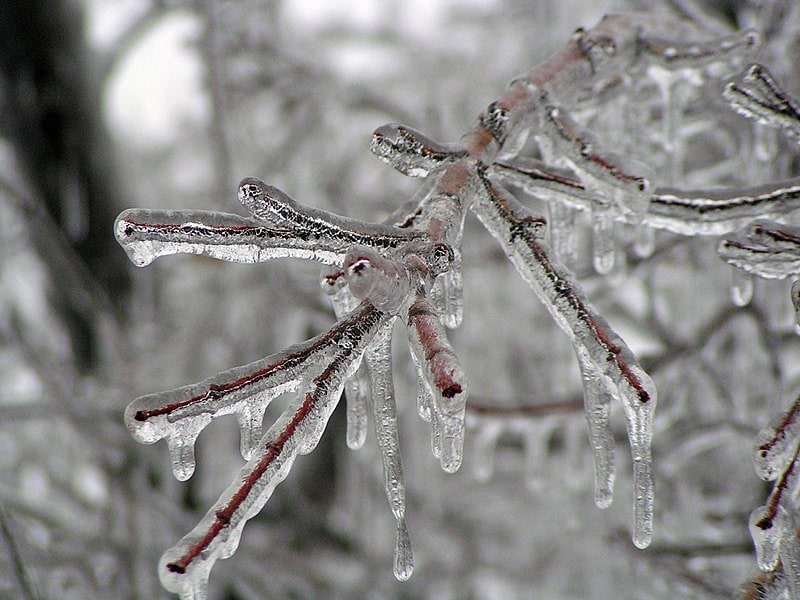
Ice storms occur when freezing rain coats surfaces in a layer of ice. Unlike snow, which is fluffy and can be easily moved, ice creates a hard, slippery layer. These storms can cause significant damage by snapping tree branches and power lines. They can also make travel incredibly dangerous due to the treacherous road conditions. Ice storms are particularly common in the northeastern United States and Canada.
Fire Whirls
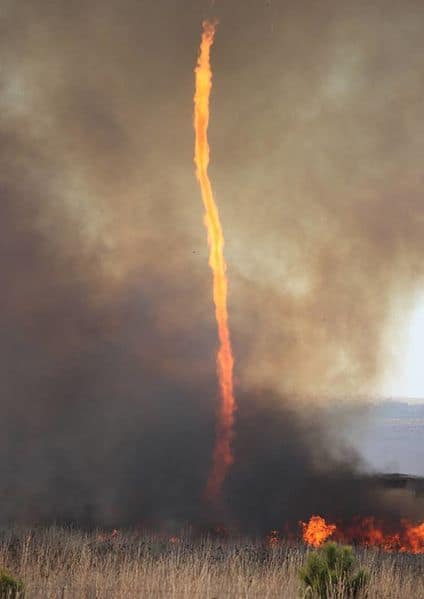
Fire whirls, also known as fire tornadoes, occur when intense heat from a wildfire creates a rotating column of air. These whirls can reach temperatures of up to 2,000 degrees Fahrenheit. They are capable of spreading flames and causing additional damage over a wide area. Fire whirls are both fascinating and dangerous, often contributing to the unpredictability of wildfires. Their formation is influenced by topography, wind patterns, and the intensity of the fire.
Snow Donuts
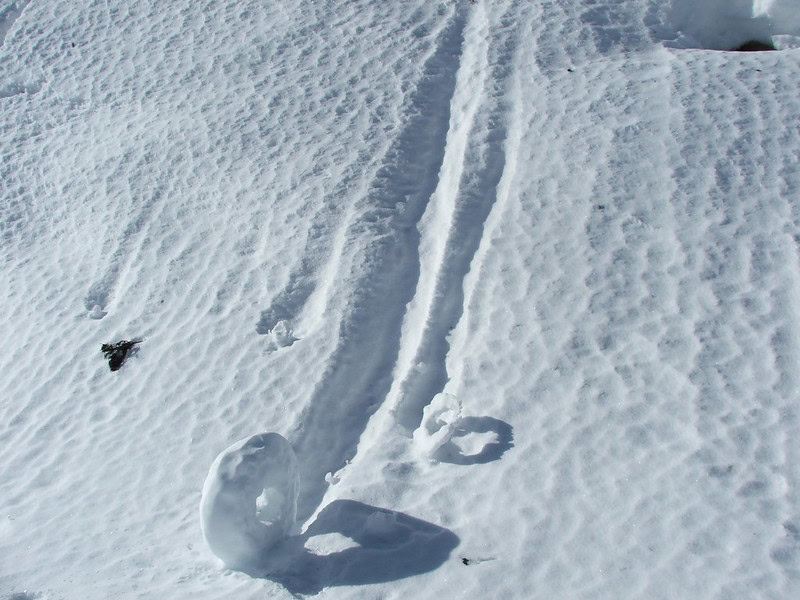
Snow donuts, or snow rollers, are cylindrical snow formations created by wind. They form when a chunk of snow is blown along the ground, gathering more snow and growing larger. These formations are rare because they require specific conditions: wet, sticky snow and strong, consistent winds. Snow donuts are hollow in the center, resembling large white donuts. Their delicate structure makes them a fleeting and fascinating sight in winter landscapes.
Brinicles
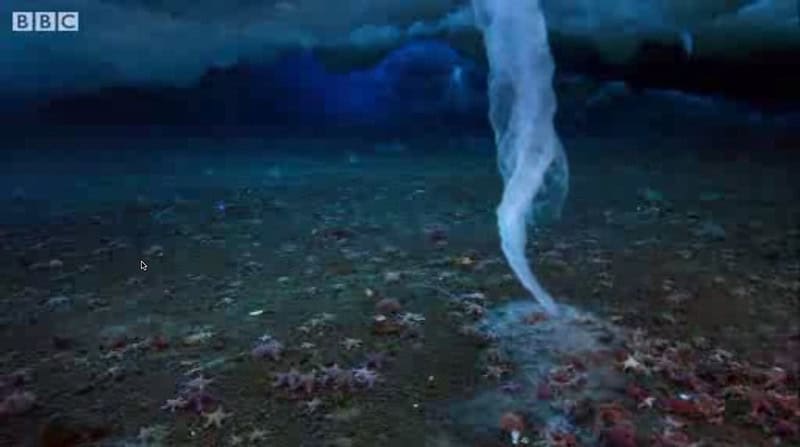
Brinicles, or “ice stalactites,” form underwater in polar regions. They occur when super-cooled brine from sea ice leaks into the ocean, creating a descending tube of ice. As this icy tube touches the sea floor, it traps and freezes marine life in its path. Brinicles are often referred to as the “ice fingers of death” due to their deadly impact on sea organisms. They are a captivating and deadly phenomenon, rarely observed by humans.
Fata Morgana
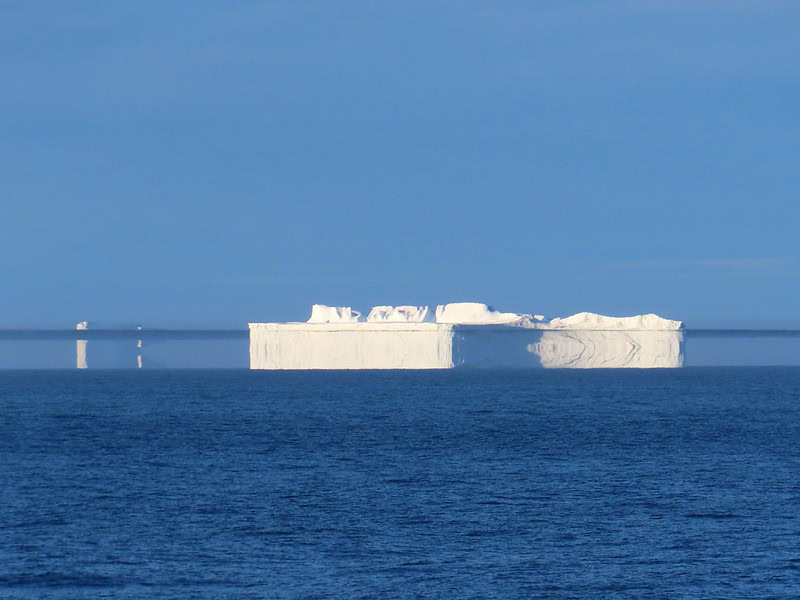
Fata Morgana is a complex form of mirage seen on land or sea. This optical phenomenon distorts and flips distant objects, often making them appear stacked or stretched. It occurs when rays of light are bent as they pass through layers of air at different temperatures. Fata Morgana has inspired many sea legends, including sightings of phantom ships and floating cities. This phenomenon reveals the fascinating interplay between light and atmospheric conditions.
Supercell Thunderstorms
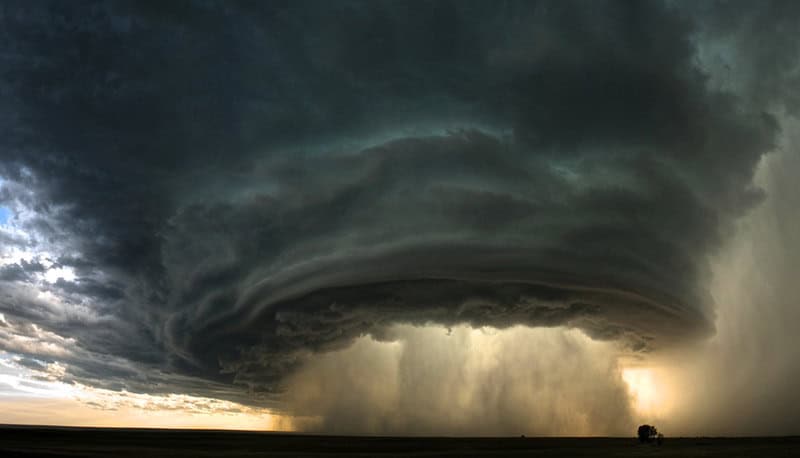
Supercell thunderstorms are powerful, long-lived storms characterized by a rotating updraft. They are capable of producing severe weather, including tornadoes, large hail, and heavy rain. Supercells can last for several hours and cover large areas. Their distinctive structure and intense energy make them one of the most studied weather phenomena. Meteorologists are particularly interested in understanding supercells to improve severe weather predictions.
Kelvin-Helmholtz Clouds
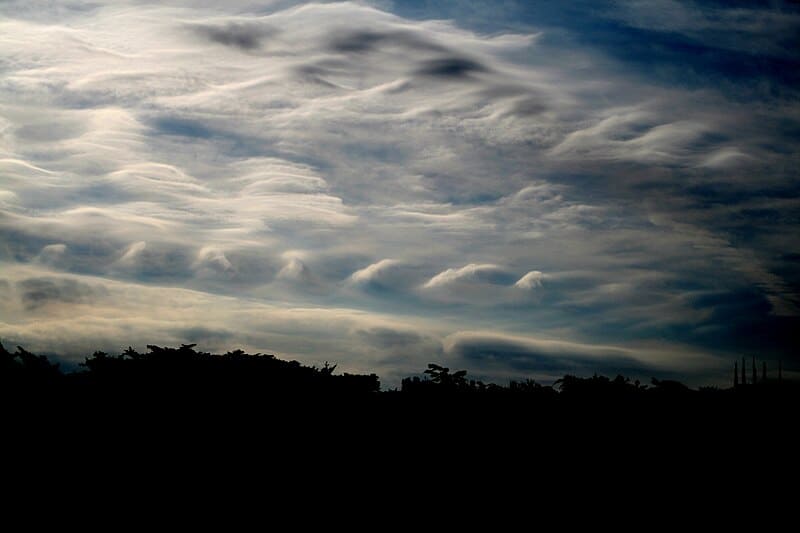
Kelvin-Helmholtz clouds resemble ocean waves crashing in the sky. They form when there is a significant difference in wind speed or direction between two layers of the atmosphere. This instability creates rolling wave-like formations. These clouds are a striking visual phenomenon, often capturing the imagination of photographers and sky-watchers. Despite their beauty, they indicate turbulent conditions in the atmosphere.
Green Flash
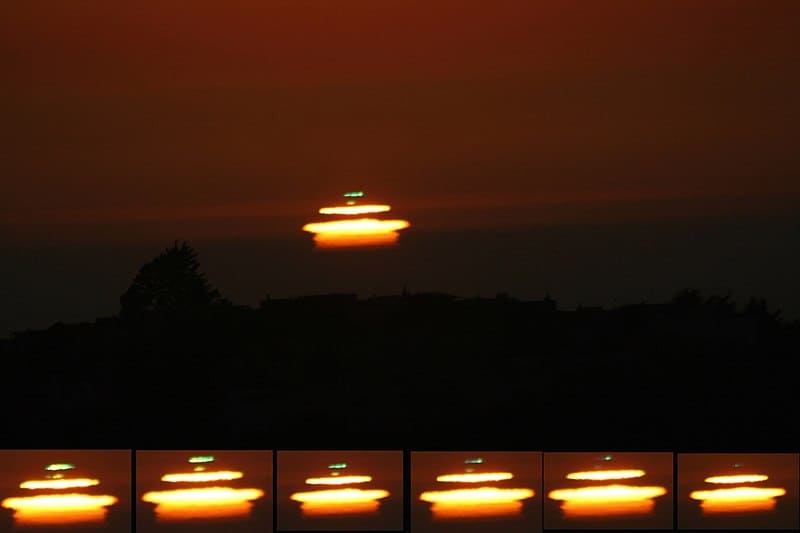
The green flash is a rare optical phenomenon that occurs shortly after sunset or before sunrise. For a brief moment, the upper rim of the sun appears green due to atmospheric refraction. The best chance to see a green flash is on a clear day with a distant, unobstructed horizon. This event is fleeting, lasting only a few seconds. It has inspired many myths and legends throughout history due to its elusive nature.
Pyrocumulus Clouds
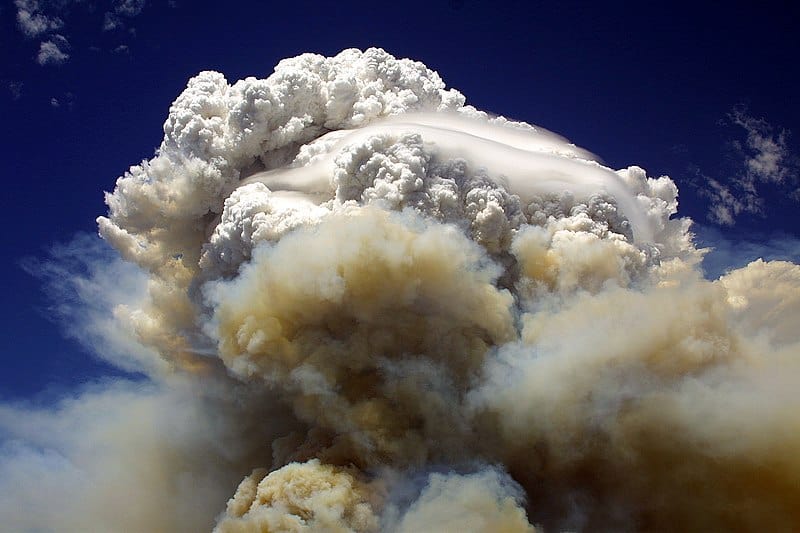
Pyrocumulus clouds form as a result of intense heat from volcanic eruptions or wildfires. The heat forces air to rise rapidly, creating large, billowing clouds. These clouds can lead to lightning and even more fires, complicating firefighting efforts. Pyrocumulus clouds are both a testament to the power of nature and a reminder of the destructive potential of fires and volcanic activity. They can be seen from great distances, adding to their dramatic impact.
Sun Dogs
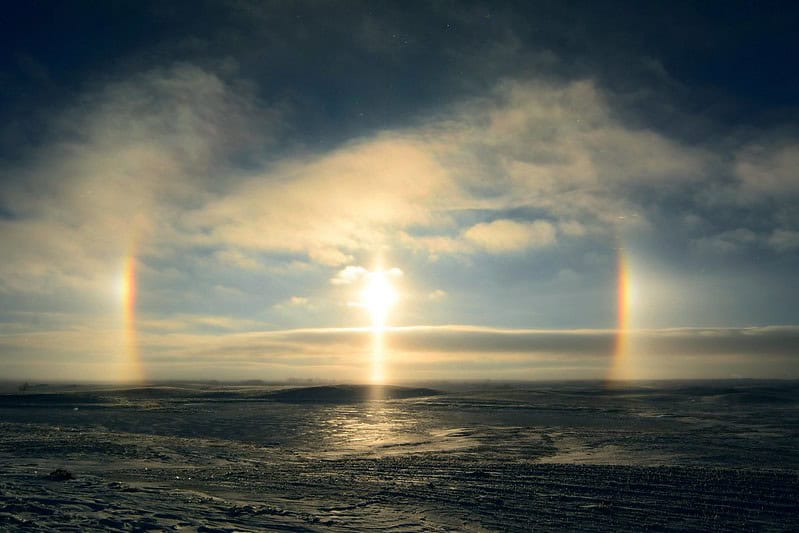
Sun dogs, or parhelia, are bright spots that appear on either side of the sun. They are caused by the refraction of sunlight through ice crystals in the upper atmosphere. These bright spots are often seen when the sun is low on the horizon. Sun dogs can create a halo effect, making them a spectacular sight in the sky. They have been observed and recorded throughout history, often mistaken for omens or otherworldly phenomena.
Hailstorms
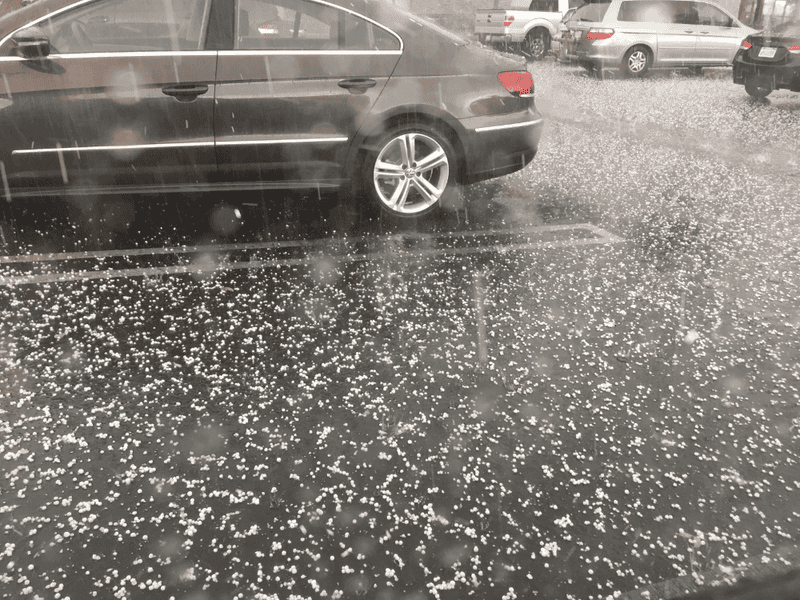
Hailstorms produce balls of ice that can range in size from peas to grapefruits. Hail forms in strong thunderstorms with intense updrafts, allowing ice pellets to grow before falling to the ground. These storms can cause extensive damage to crops, vehicles, and buildings. Hailstorms are most common in regions known as “hail alleys,” such as parts of the United States and Argentina. The unpredictable nature of hailstorms makes them a significant concern for meteorologists and insurers alike.
This article originally appeared on Rarest.org.
More From Rarest.Org
Witnessing endangered animals in their natural habitat is a rare and awe-inspiring experience. These creatures face numerous threats but still roam the wild in certain parts of the world. Read more.
1986 Washington Quarter Value Guide

Beginning in 1968, the copper core and 8.33% nickel coating of the Washington Quarters took the role of the silver component. Based on Jean-Antoine Houdon’s bust from 1786, John Flanagan designed the picture of George Washington facing left on the coin’s obverse. Read more.
Discovering ancient coins is like finding a piece of history. These coins not only hold immense value but also tell fascinating stories. Read more.

